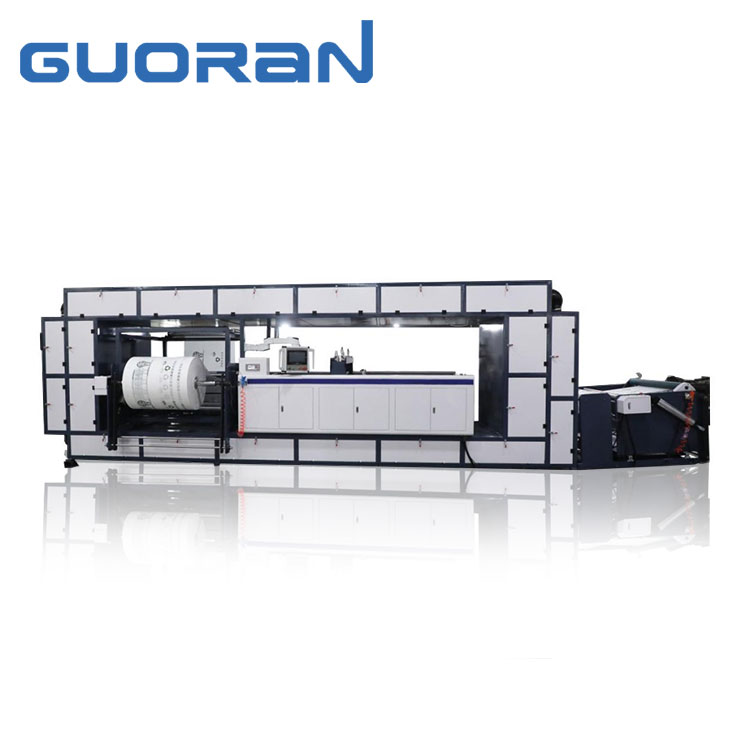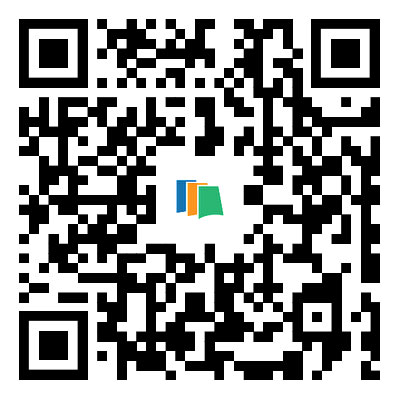Selecting the Perfect Paper: Key Considerations for Printing Jobs
2024-03-05
Introduction:
Choosing the right paper is a crucial step in ensuring the success of any printing project. The type of paper used can greatly impact the final appearance, feel, and durability of printed materials. From business cards and brochures to posters and invitations, each printing job requires careful consideration of various factors to select the most suitable paper. In this blog post, we'll explore the key considerations that should be taken into account when choosing the right paper for a printing job.
1. Paper Weight and Thickness:
Paper weight, measured in grams per square meter (gsm) or pounds (lb), is one of the most important considerations for printing jobs. The weight of the paper determines its thickness and sturdiness, which can affect the overall quality and perception of printed materials. For example, lightweight paper (e.g., 60-80 gsm) is ideal for everyday documents like memos and letters, while heavier paper (e.g., 100-200 gsm) is suitable for business cards, brochures, and presentations.
2. Paper Finish:
The finish of the paper refers to its surface texture and appearance, which can range from glossy and smooth to matte and textured. The choice of finish depends on the desired aesthetic and functionality of the printed materials. Glossy finishes enhance color vibrancy and are suitable for photographs and promotional materials, while matte finishes offer a more subdued and professional look, ideal for text-heavy documents and business stationery.
3. Paper Color:
The color of the paper can significantly impact the readability and visual appeal of printed materials. While white is the most common choice for printing, other colors such as cream, ivory, and pastels can add a touch of elegance or uniqueness to the final product. Consider the intended use and audience preferences when selecting the paper color for a printing job.
4. Paper Type and Specialty Options:
There are various types of paper available for different printing applications, including coated, uncoated, recycled, and specialty papers. Coated papers have a smooth, glossy surface that enhances print quality and color saturation, making them suitable for high-resolution images and marketing materials. Uncoated papers offer a natural, tactile feel and are ideal for writing and textured designs. Recycled papers are environmentally friendly options made from post-consumer waste, while specialty papers come in a range of finishes and textures for distinctive printing effects.
5. Printer Compatibility:
It's essential to consider the compatibility of the chosen paper with the printer and printing method used for the job. Some papers may be better suited for specific printing processes, such as inkjet, laser, or offset printing. Additionally, certain papers may require special handling or adjustments to printer settings to achieve optimal results without causing damage or print quality issues.
Conclusion:
Selecting the right paper for a printing job involves careful consideration of various factors, including weight, finish, color, type, and printer compatibility. By understanding the unique requirements and desired outcomes of each printing project, individuals and businesses can make informed decisions to ensure the quality, durability, and visual impact of their printed materials. Whether it's creating professional business documents, eye-catching marketing collateral, or personalized stationery, choosing the perfect paper sets the stage for a successful printing experience and leaves a lasting impression on the audience.



